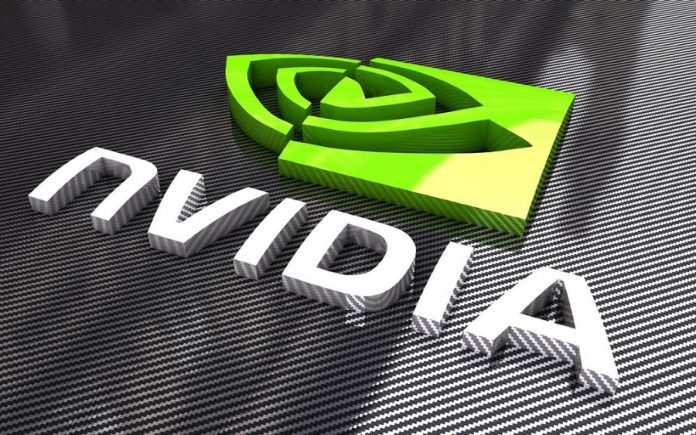Leading technology companies around the world have been at the forefront of the research and development of new technologies such as artificial intelligence. Their burgeoning interest in the field accentuates the importance of such technologies in reshaping the future.
Nvidia is one of the companies that continue to cement its position as an important player in the progress of the AI field. The renowned chip maker is known for delivering processors that power a significant part of artificial intelligence research and development.
Recently, Nvidia launched two revolutionary products at Computex 2018. The products include Jetson Xavier and Nvidia Isaac, an artificial intelligence (AI) computer and new developer platform respectively. Nvidia built both technologies to provide autonomous robots with better brains.
According to Jensen Huang, the chief executive officer of Nvidia, both Jeston Xavier and Isaac were created to capture the next stage of artificial intelligence (AI) innovation as it transitions from software operating in the cloud to robots that move around the world.
He also stressed that artificial intelligence (AI) coupled with actuators and sensors would form the brain of the next generation of autonomous robots or machines. Jensen Huang is also convinced that the world will one day have billions of intelligent machines in various sectors or industries such as warehouse logistics, home delivery, and manufacturing among others.
The Isaac platform entails a set of software tools intended to simplify the way companies create and train robots.
It boasts of several features including a selection of APIs that link to sensors and 3D cameras, a new simulation environment called Isaac Sim, as well as a library of artificial intelligence (AI) accelerators intended to keep algorithms operating smoothly and devoid of lag.
Isaac Sim allows the training and testing of robots in a virtual space, which is not only safer but also quicker than IRL testing. However, it is yet to match the complexity of the actual world.
Jetson Xavier computer, on the other hand, serves as the heart of Nvidia’s Isaac platform. This remarkable piece of hardware is made up of several processing components, which include an eight-core ARM64 CPU, a Volta Tensor Core GPU, processors for static video and images and two NVDLA deep learning accelerators.
In aggregate, the Jetson Xavier comprises over 9 billion transistors and provides more than 30 TOPS (trillion operations per second) of computing. Furthermore, it only consumes 30 watts of power, which makes up half of the electricity utilized by the typical light bulb.
The cost of a single Jetson Xavier coupled with access to the groundbreaking Isaac platform is $1,299. In fact, the impressive bit is that Huang insists that the computer offers similar processing capability as a $10,000 workstation.
Although the comparison is not relevant, especially without the knowledge of what chips are being compared to the Jetson Xavier, it is irrefutable that this piece of hardware provides more processing power for an affordable price.
The exciting bit about the Jetson Xavier is what developers are capable of doing with it after purchase. Early use cases of AI-driven robots include inventory management, security and food delivery. Even with Nvidia’s chips already being utilized by Fellow to power robots, the revolution of AI-powered robots appears to only have started.
Source TheVerge
